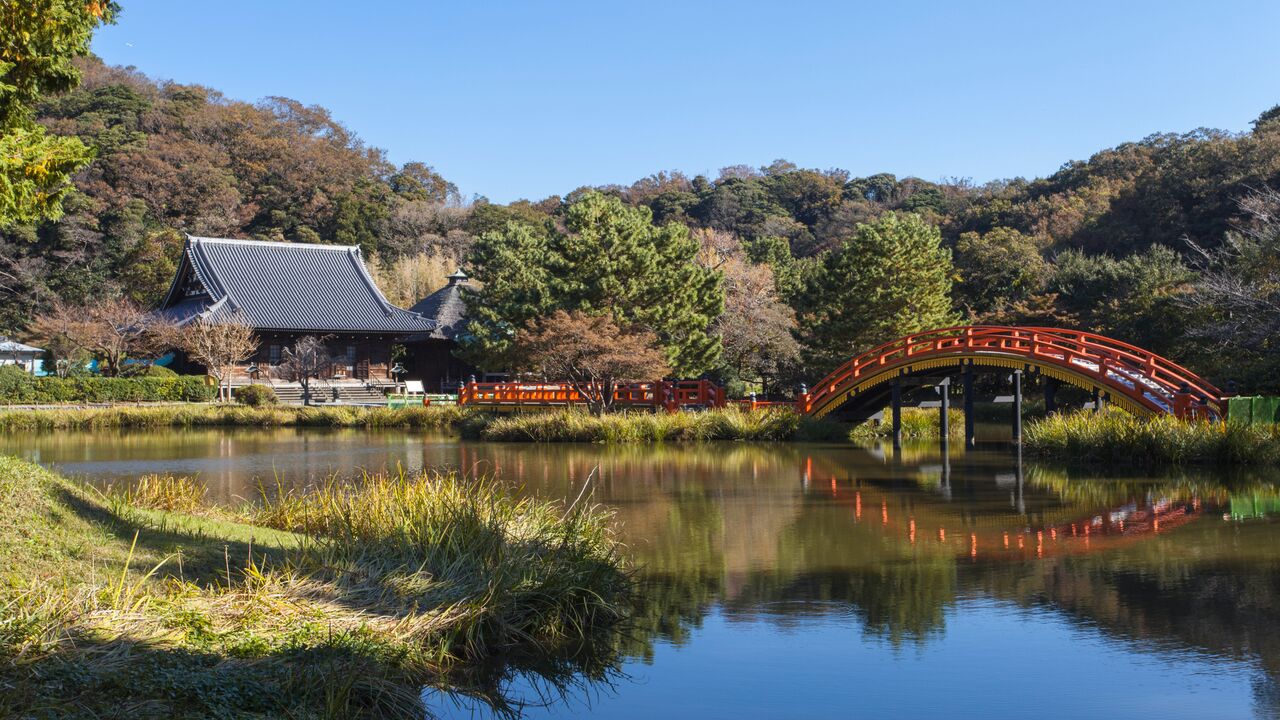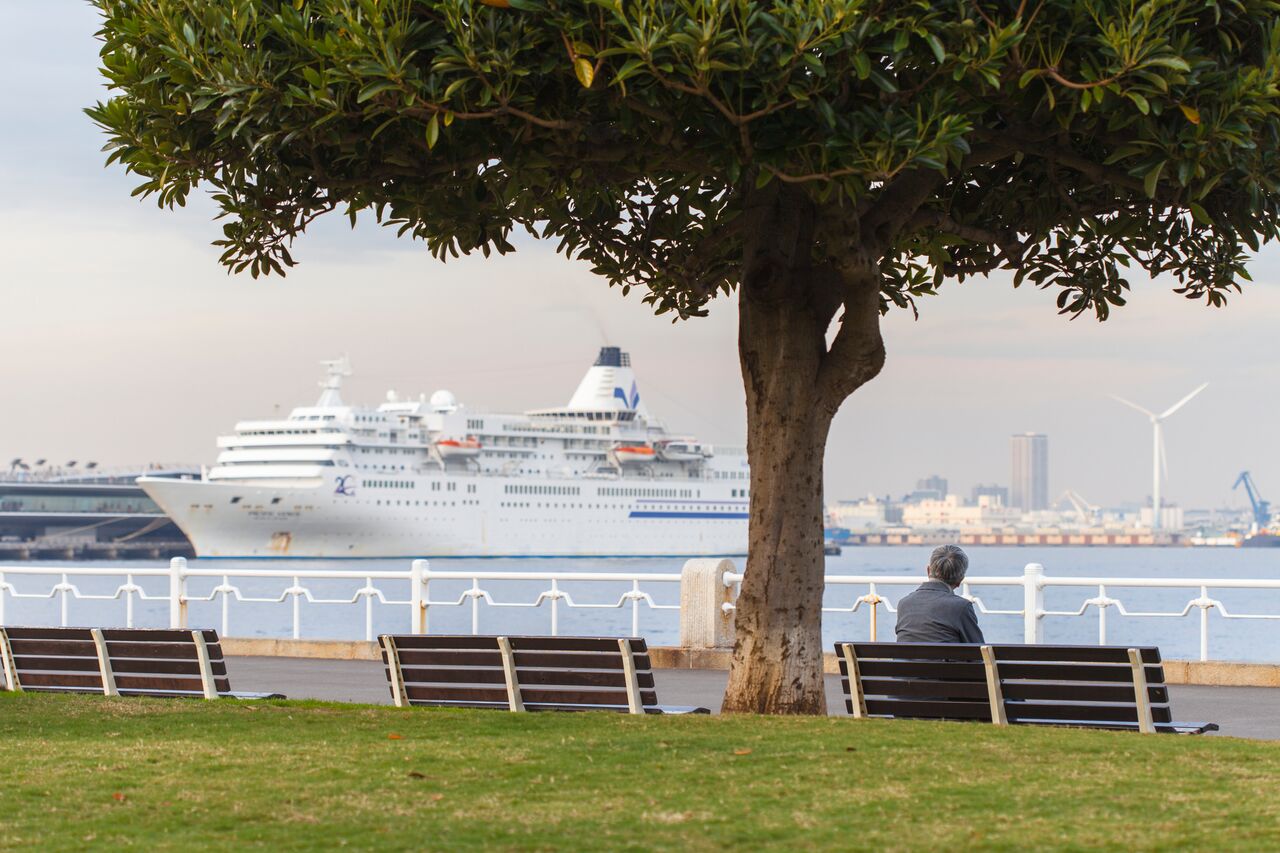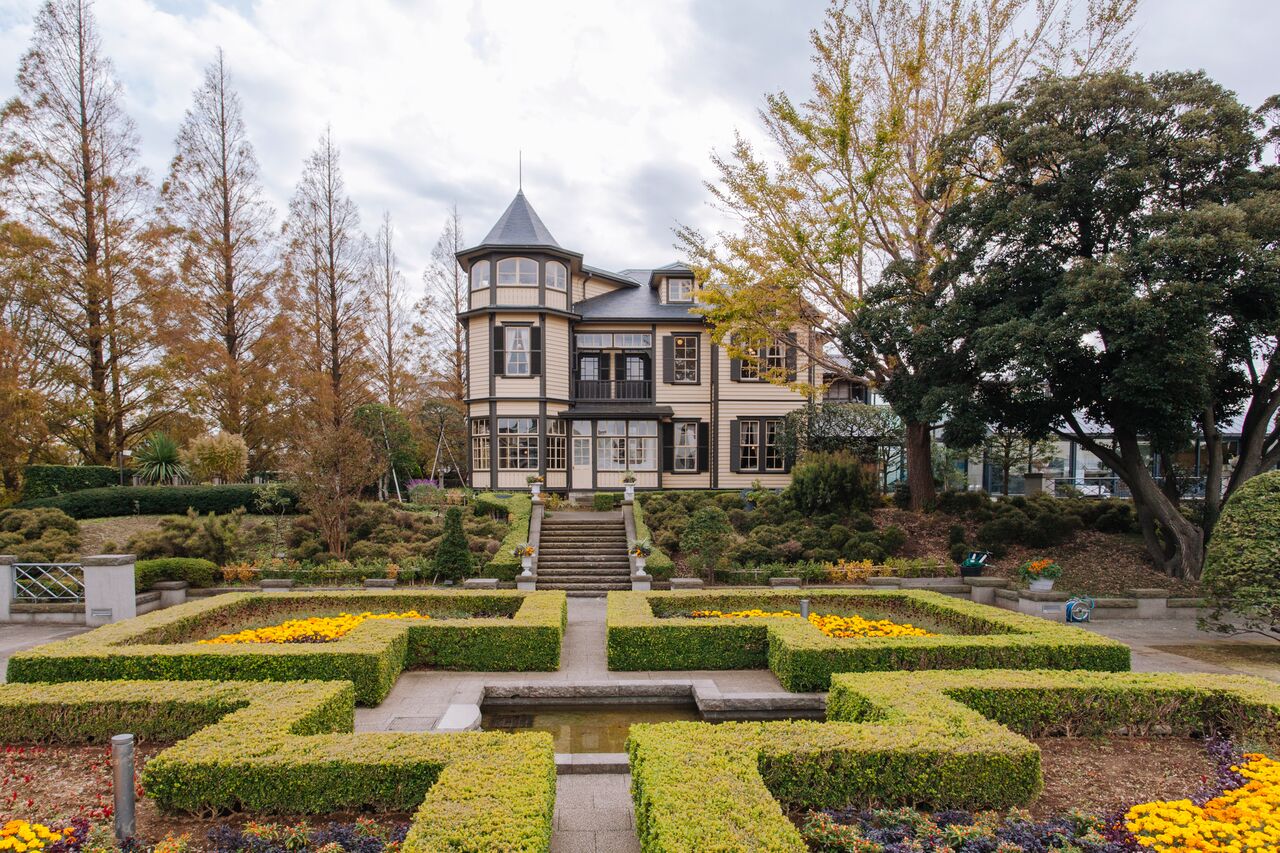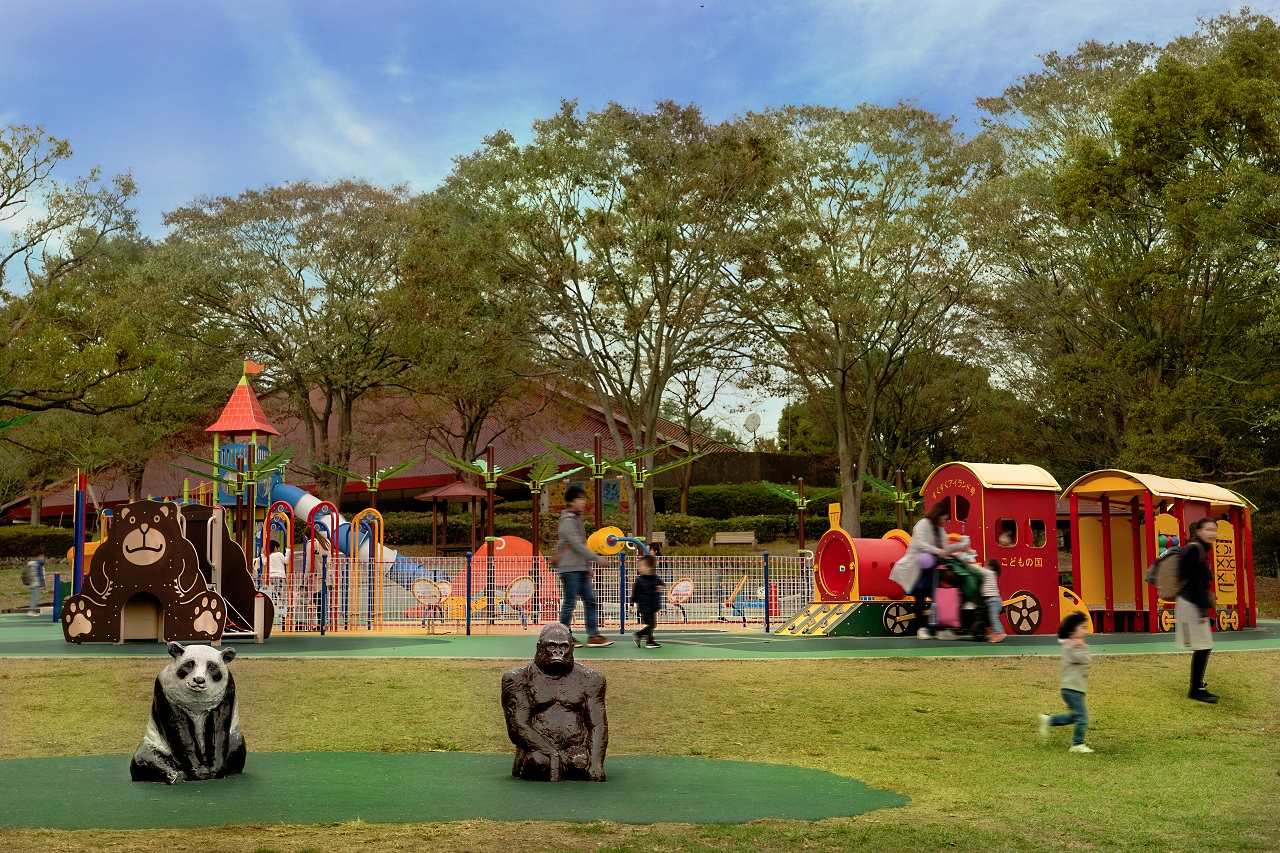TOP 5 jardines y parques en Yokohama
Tendencias

Yokohama, una ciudad moderna y dinámica, es conocida por su distrito histórico del puerto del centro y su arquitectura de vanguardia, pero deambular a su alrededor pronto descubre que también es un lugar con una gran cantidad de vegetación. Más allá o, a veces, ubicado entre los rascacielos y los edificios futuristas, encontrará muchos parques y jardines idílicos. Hay algunos lugares maravillosos para disfrutar de un picnic, pasear suavemente o simplemente retroceder y admirar. Para las familias, también hay varios espacios en toda la ciudad para que jueguen los niños. He aquí un vistazo a cinco de los mejores parques / jardines en Yokohama.
Jardín Sankeien

Sankeien, un pintoresco y encantador jardín que se siente a un millón de kilómetros de distancia del ajetreo y el bullicio de la vida urbana, es una gran área de tierra que cuenta con una amplia gama de flores de temporada, un gran estanque y varios edificios que han sido declarados Propiedades Culturales Importantes. El jardín fue diseñado y diseñado por el comerciante de seda Sankei Hara (nombre real Tomitaro Hara) en 1906. Sin embargo, es un lugar encantador para visitar en cualquier época del año, es particularmente atractivo desde fines del invierno hasta la primavera, cuando primero están las ciruelas y luego los cerezos. plena floración. También puede maravillarse con una variedad de otras flores, incluyendo nenúfares, azaleas y glicinas. Otro gran momento para visitar es en la primera parte del verano, cuando tiene lugar la popular Noche de luciérnagas.
Templo Shomyoji Garden

Una gema escondida escondida en el Yokohama Sur, el Templo Shomyoji está un poco alejado de todo, pero vale la pena visitarlo si tienes unos días en la ciudad. El templo, que data de 1258, es un edificio impresionante en sí mismo; sin embargo, lo que realmente hace que este lugar se destaque es el idílico jardín de estilo jodo y el estanque de aji con dos magníficos puentes pintados de color carmesí. Las flores de cerezo son una vista maravillosa en primavera, al igual que los lirios amarillos en verano. A principios de May las artes japonesas como Noh y Kyogen (drama cómico clásico) se realizan en un escenario rodeado de hogueras. El famoso grupo galés Manic Street Preachers filmó el video de su icónica canción Motorcycle Emptiness en el jardín del templo.
Parque Yamashita

Inaugurado en 1930, el Parque Yamashita convirtió en un símbolo de la recuperación de Yokohama después del Gran Terremoto de Kanto en 1923. Se utilizaron escombros del desastre para crear el primer parque costero de Japón, que ahora es uno de los lugares más populares de la ciudad tanto para turistas como para locales. Es un encantador tramo de tierra con fuentes, una variedad de flores y numerosas estatuas, entre ellas la famosa Chica con los zapatos rojos, la Girl Scout y el Guardián del agua, que se presentó como regalo de San Diego, la ciudad hermana de Yokohama, en 1960. Uno de Lo mejor de Parque Yamashita es poder sentarse en el pasto contemplando el imponente Museo NYK Hikawa Maru, un transatlántico que está abierto al público como museo.
Jardín italiano de Yamate

Al caminar por el distrito de Yamate, uno puede imaginar cómo era la vida de los muchos extranjeros que vivieron allí durante el Período Meiji. De los varios edificios del oeste en el área, dos de los más impresionantes están ubicados dentro del Yamate Italian Garden, a saber, el Casa del Diplomático estilo americano, una de las Propiedades Culturales Importantes de Japón, y la Casa Mansión Bluff No. 18, que era propiedad de la iglesia católica de Yamate hasta 1991. En cuanto al jardín en sí, es una zona preciosa con una fuente, pavimentos de piedra y macizos de flores con formas geométricas. Aunque está convenientemente ubicado en una colina cerca de la estación Ishikawacho, no atrae multitudes particularmente grandes. Desde el jardín, hay una gran vista de Minato Mirai y el Puente de la Bahía.
Kodomo no Kuni

Un paraíso para los niños y también un lugar divertido para los adultos. Kodomo no Kuni (País de los niños) es una vasta área de tierra - alrededor de 100 hectáreas - con una granja, un tobogán de 110 metros, una mini locomotora de vapor, una piscina al aire libre ( abre de julio a agosto), un río artificial, campos deportivos, una zona de barbacoa, un estanque donde se puede navegar en bote y mucho más. La lista de actividades sigue y sigue. Hay algo para gente de todas las edades. El parque enormemente popular se abrió por primera vez en 1965 el 5 de May(Día del niño) para conmemorar el matrimonio real del príncipe Akihito y la princesa Michiko, la actual Emperadora y Emperatriz de Japón.
Encuentra más en Al aire libre y deportes!
